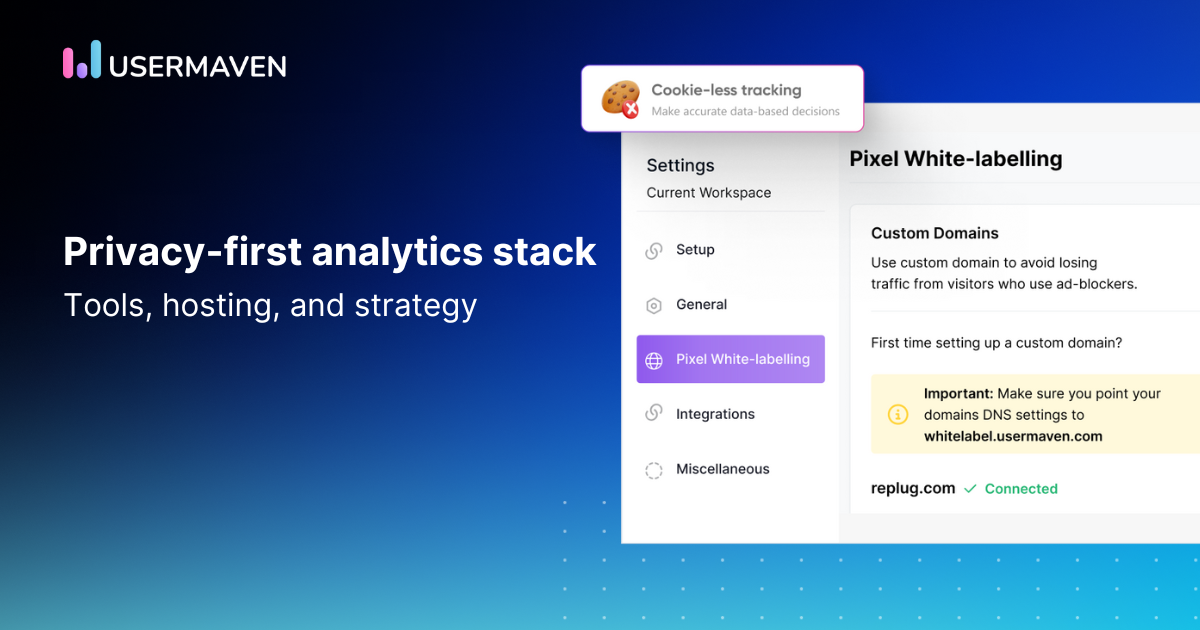Tag: product analytics
-
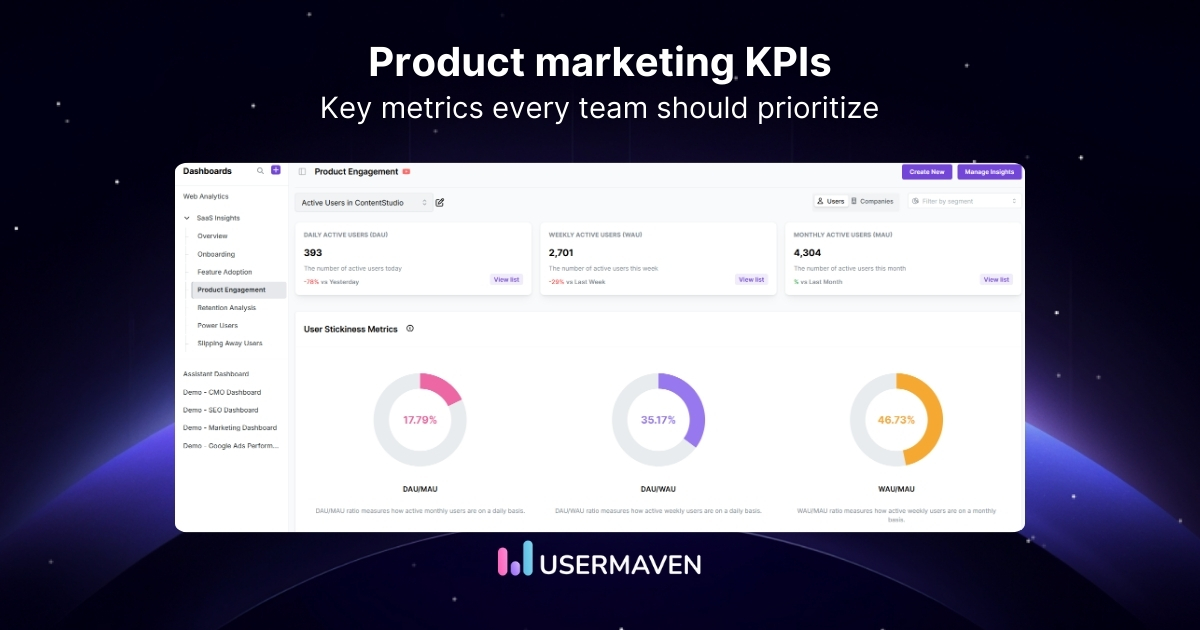
20+ Product marketing KPIs that matter most in 2026
Notice how some products seem to connect with users right away, while others never quite take off? It is rarely about features alone. The winning products are backed by teams that understand what their customers actually do, feel, and value. Product marketing KPIs, powered by solid product analytics, show how people use your product, where…
-
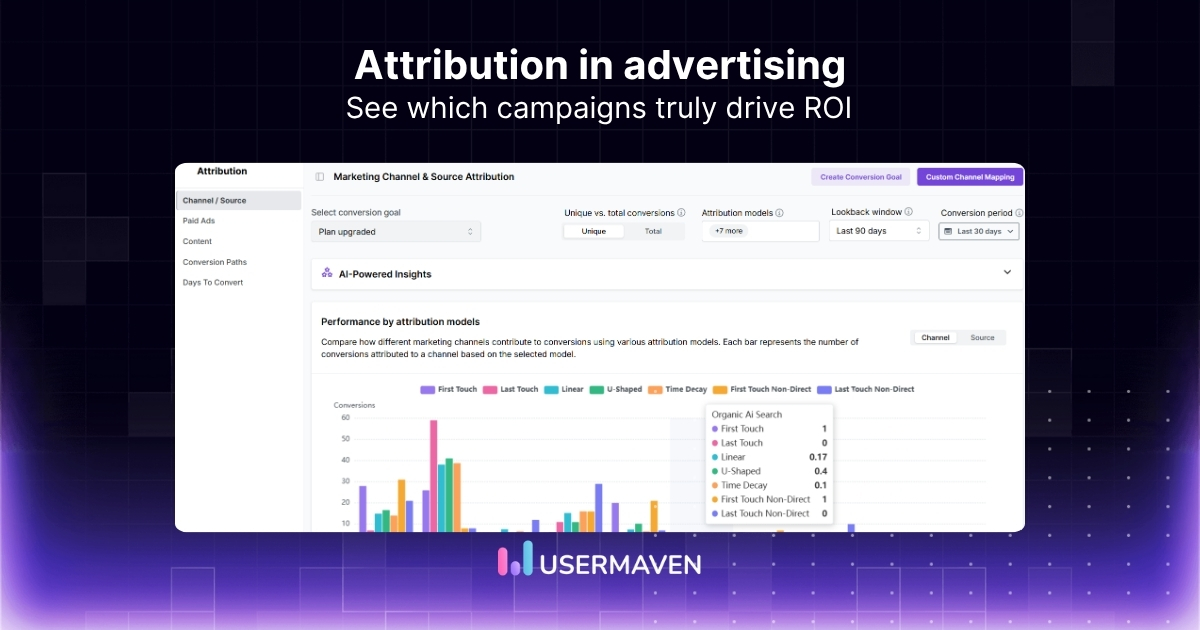
A marketer’s guide to attribution in advertising & ROI growth
Attribution in advertising helps marketers understand which ads, social posts, emails, or other marketing efforts led to customer actions like purchases or sign-ups. It’s like tracking the breadcrumbs customers leave as they interact with your brand, showing you which paths work best. When multiple ads influence a single sale, how do you know which one…
-
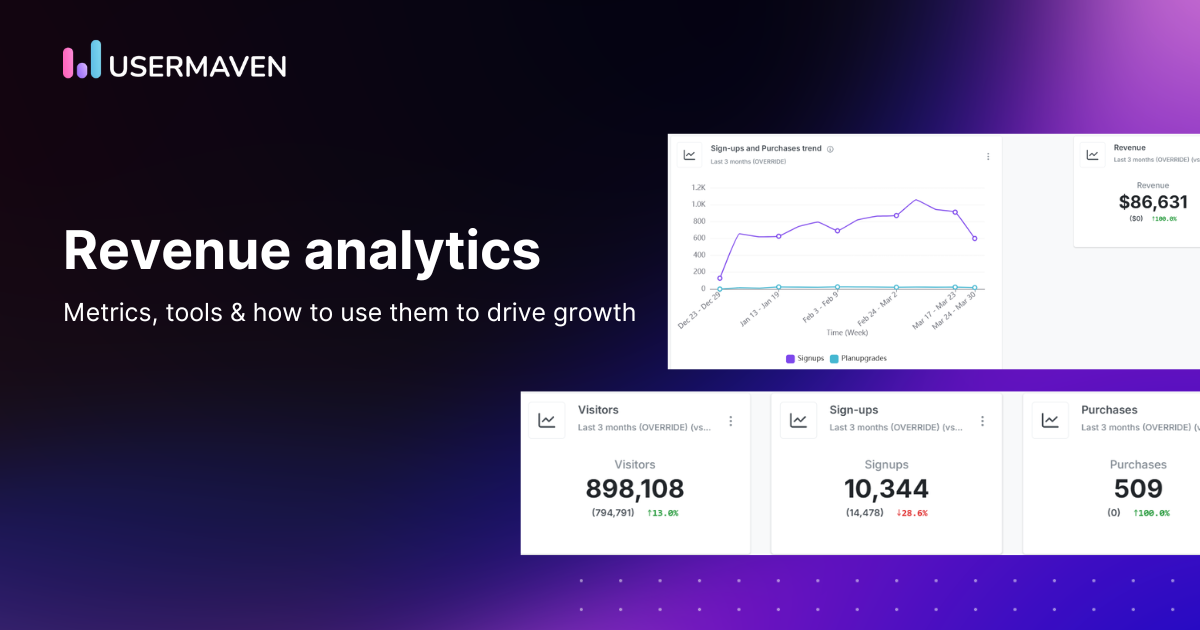
Revenue analytics for SaaS: Metrics, tools & how to use them to drive growth
Understanding how your business generates revenue isn’t just a reporting task; it’s a strategic advantage. Revenue analytics goes beyond basic financial tracking by connecting product usage, customer behavior, and marketing performance directly to your income streams. For SaaS companies, it offers a clear view of what drives recurring revenue, where churn risks exist, and how…
-
![[Think again] Is Google Analytics free or quietly costing you?](https://blog.usermaven.com/wp-content/uploads/2025/06/Is-Google-Analytics-free.jpg)
[Think again] Is Google Analytics free or quietly costing you?
Is Google Analytics free? Yes, but that’s only part of the story. At first glance, Google Analytics (GA) offers a no-cost solution for tracking website data, making it a go-to tool for businesses, marketers, and analysts. However, behind the “free” label lies a set of indirect costs that can affect your business, from data privacy concerns to…
-
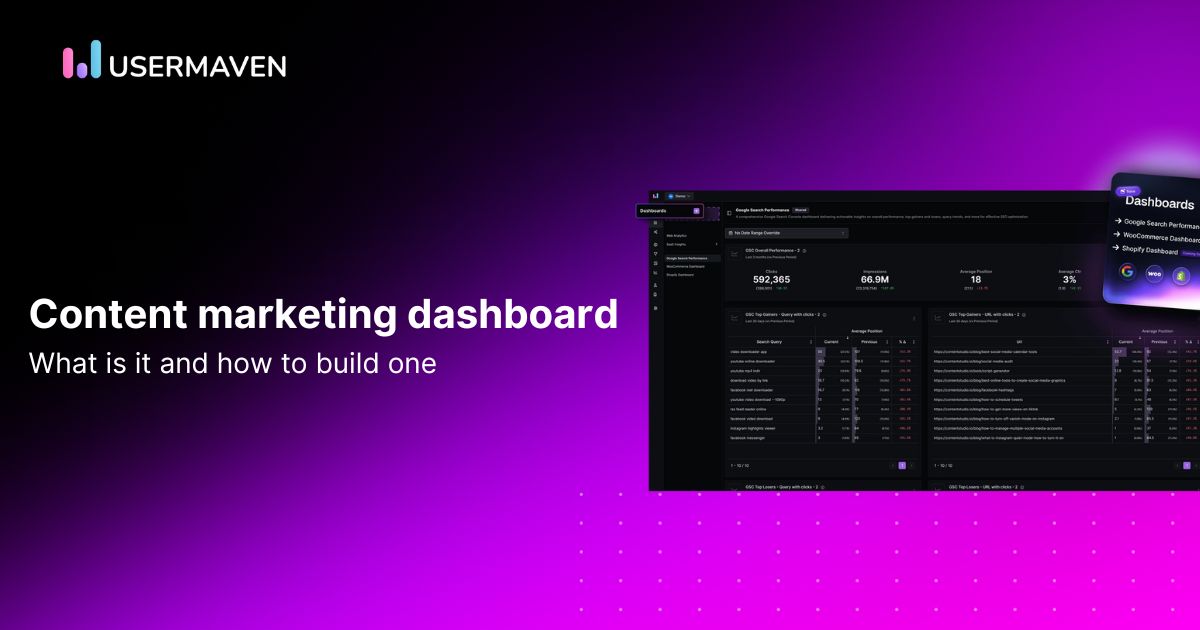
How to build a content marketing dashboard that drives results
Ever feel like you’re piecing together a puzzle just to understand how your content is performing? One tab shows traffic, another engagement, and a third conversion; by the time you’ve pulled it all together, the moment’s gone. That’s where a content marketing dashboard changes the game. It brings all your key metrics, web performance, social…
-
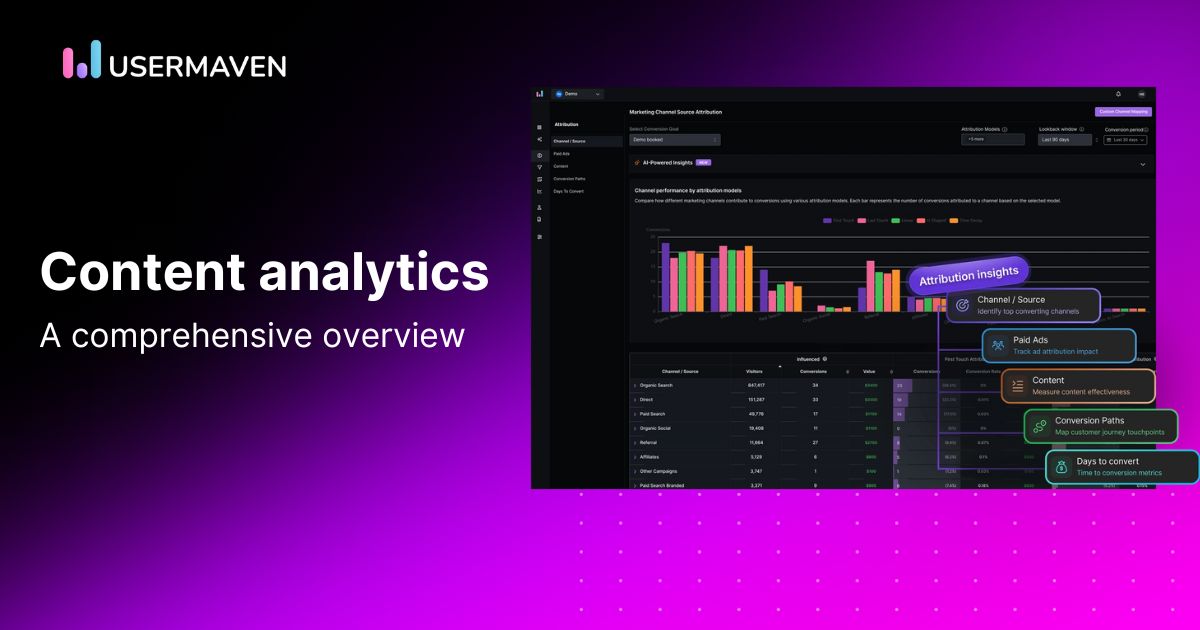
Understanding content analytics: A comprehensive overview
Creating great content is only half the game; knowing how it performs is what drives real growth. That’s where content analytics comes in. It helps you dig deeper into which pieces engage your audience, what drives conversions, and where your strategy needs fine-tuning. In this guide, we’ll break down the fundamentals of content analytics, key…
-

Customer experience analytics: From insight to action
Every click, scroll, and session tells a story. Are you listening? In a digital world where customer loyalty is earned in milliseconds, understanding how people interact with your product or website isn’t just a competitive advantage; it’s survival. That’s where customer experience analytics steps in. It helps decode user behavior, spot friction points, and guide…
-
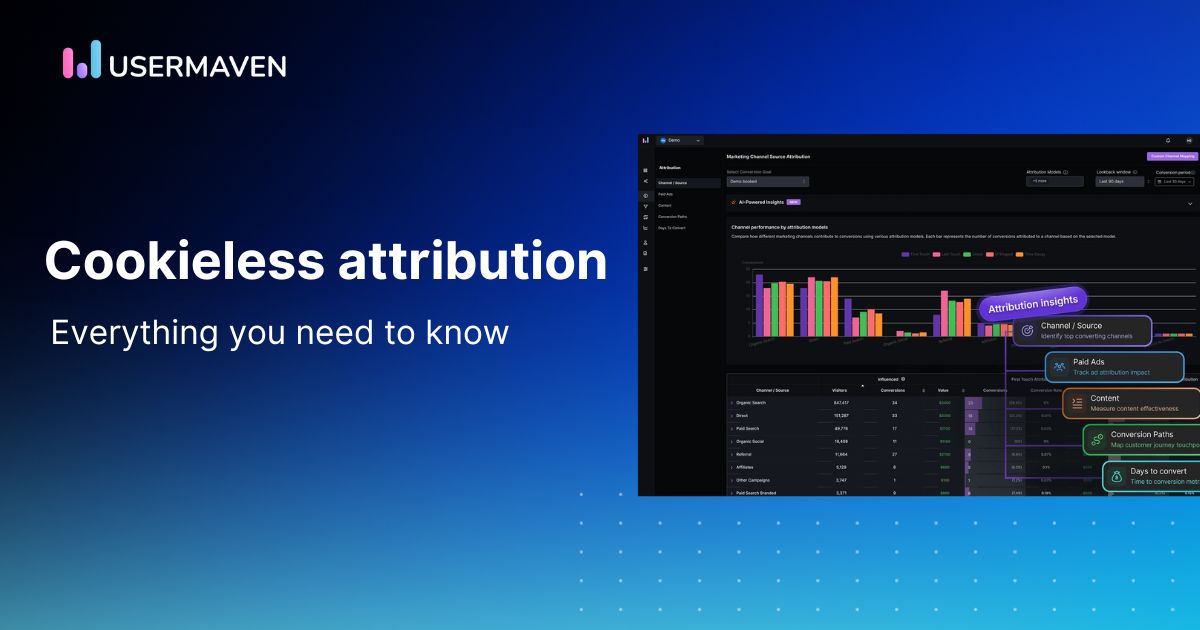
Cookieless attribution: Everything you need to know
The era of third-party cookies is fading, and marketers are feeling the impact t.With increasing privacy regulations like GDPR and CCPA and browsers like Safari, Firefox, and now Chrome phasing out third-party cookies, the way we track and measure user behavior is fundamentally changing. For years, cookies were the backbone of attribution models, helping marketers…
-

How to calculate ROAS: A step-by-step guide
ROAS is a critical metric that shows exactly how much revenue you generate from your advertising investments. For marketing teams, product managers, agency professionals, business owners, and IT specialists, this single number can make the difference between successful campaigns and wasted budgets. At its simplest, ROAS tells you how many dollars come back for every…
